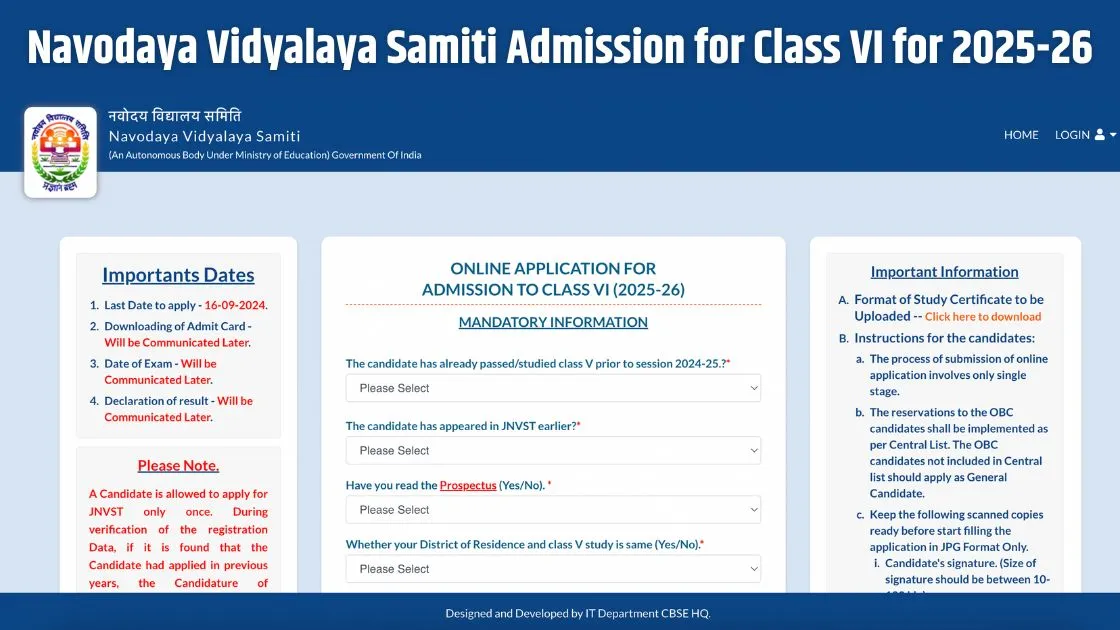CBSE Revolutionizes Education: Introduces 22 Languages as Mediums of Instruction
A Groundbreaking Decision: Embracing Linguistic Diversity: Instruction in Indian Languages Approved by CBSE, NCERT to Distribute Textbooks in 22 Local Languages. Read Details
CBSE Latest Circular: The Central Board of Secondary Education (CBSE) has announced a monumental decision, introducing 22 languages as mediums of instruction in classrooms, a leap towards embracing linguistic diversity and breaking the language barriers in education.
Union Education Minister Dharmendra Pradhan revealed this significant step, offering students a more inclusive and comprehensive learning experience.
Aligning with National Education Policy
This innovative initiative aligns with the principles outlined in the National Education Policy (NEP), which accentuates the importance of regional languages and mother tongues in the education system.
Until now, CBSE schools primarily conducted lessons in English and Hindi, but with the recent announcement, schools can now adopt additional languages as mediums of instruction, extending from Classes 1 to 12.
Empowering Students with Mother Tongue Instruction
Education Minister Dharmendra Pradhan highlighted the academic benefits of learning in one’s mother tongue. It is proven that students exhibit better comprehension and understanding when instructed in their familiar languages.
By incorporating these 22 languages as mediums of instruction, CBSE schools aim to provide a conducive environment for students from diverse linguistic backgrounds to excel in their academics.
NCERT’s Role in this Transformative Initiative
The National Council of Educational Research and Training (NCERT) has been entrusted with the responsibility of developing suitable textbooks in these newly introduced languages. This move ensures that students receive quality education across all subjects in their chosen medium of instruction.
Multilingual Examination: A New Path
CBSE schools will now conduct examinations in the introduced languages, empowering students to demonstrate their knowledge and skills more effectively. This not only encourages students to learn in their preferred languages but also fosters a sense of inclusivity and cultural pride.
The Power of Multilingual Education
As recognized in the National Education Policy 2020, multilingual education fosters linguistic diversity, cultural understanding, and academic success among students.
The policy advocates for using the home language, mother tongue, or regional language as the medium of instruction whenever possible, at least until Grade 5, but preferably extending until Grade 8 and beyond.
However, the implementation of multilingual education presents several challenges, including the availability of skilled teachers, the creation of high-quality multilingual textbooks, and the additional time required for instruction.
Addressing these challenges, the Ministry of Education has taken several measures to facilitate education through Indian language mediums.
A Step Ahead: Preparing Textbooks in 22 Scheduled Languages
As one of these major steps, the Ministry of Education has directed NCERT to prepare new textbooks in 22 scheduled Indian languages.
Similarly, higher education has begun producing textbooks and initiating teaching processes in Indian languages, with examinations also being conducted in these languages.
CBSE Schools: The Cornerstone for this Educational Revolution
In this great endeavor of offering education through Indian languages, CBSE-affiliated schools are expected to play a crucial role. This approach towards the medium of instruction should create a continuum from school education to higher education.
Thus, in light of these new initiatives, CBSE schools are encouraged to use Indian languages, as listed in Schedule 8 of the Indian Constitution, as the medium of instruction from the foundational stage to the end of the secondary stage.
CBSE Circular – CBSE allows Indian languages as a medium of instruction

This initiative could potentially redefine the education landscape and bolster the move towards multilingual education in CBSE schools.
Read This Post Too:
CBSE Sample Papers | CBSE Circulars | Quizzes | Study Material
Click Here to Join our Premium Telegram for More News and Updates.
For the Latest Educational News (CBSE, ICSE, and State Board News) and live news updates, like us on Facebook or follow us on Twitter and Join our Premium Telegram Channel. Read more on Latest Exams & Results News on Shikshapress.com.






